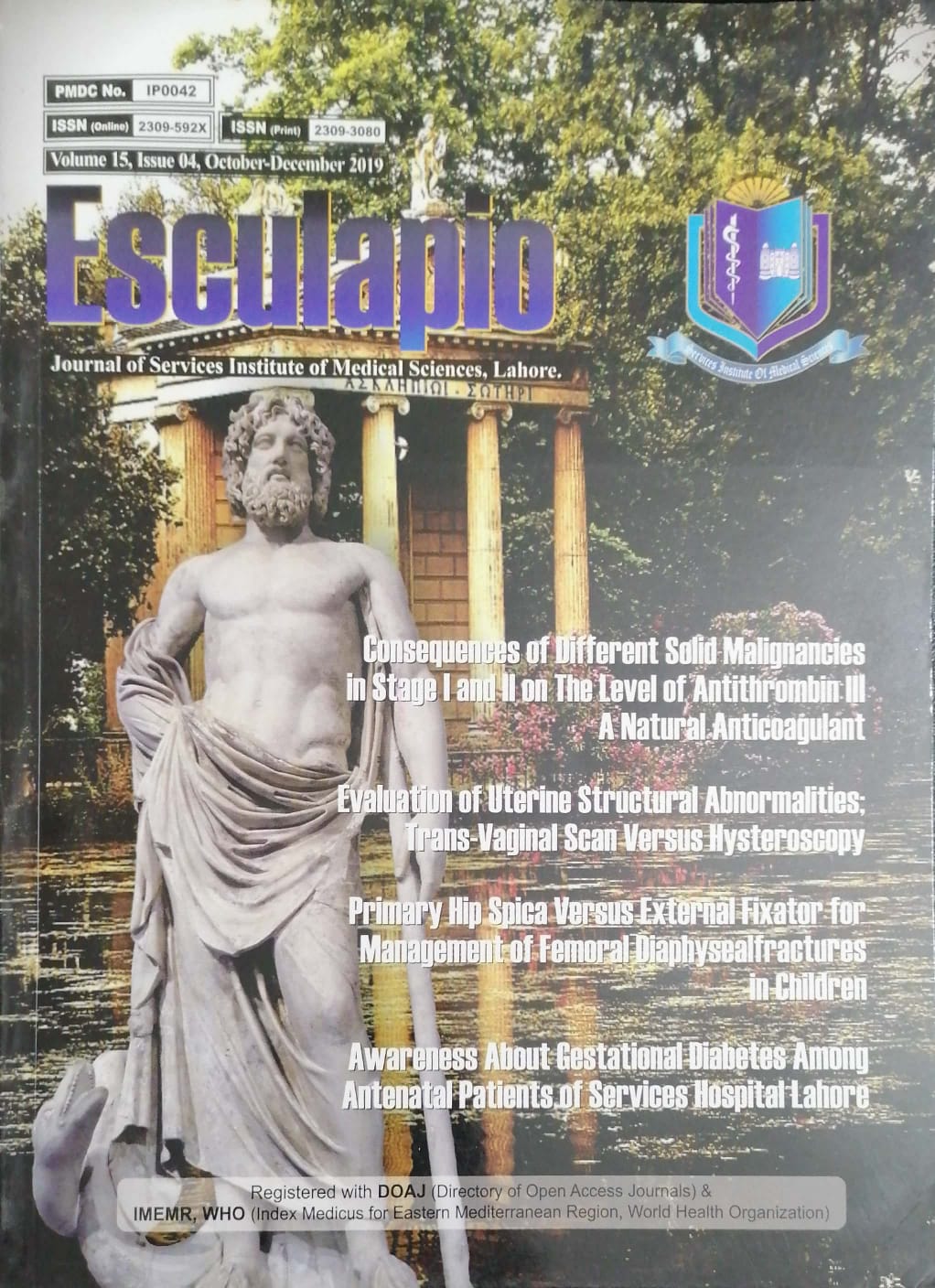Range of Ankle Movements After Fixation with Precontoured Anatomical Locking Plate for Comminuted Distal Tibia Fracture
DOI:
https://doi.org/10.51273/esc19.715411Keywords:
distal tibia fracture, precontoured anatomical plate, range of motionAbstract
Objective: To assess the frequency of patients achieving the full range of ankle movements after fixation with pre-contoured locking plate of distal tibia fracture.
Methods: Seventy five patients fulfilling inclusion criteria were included in the study.patients underwent surgery by a single surgical team. Patients were followed in OPD for 24 week after every 2 weeks and frequency of patients achieving full range of ankle movements was assessed.
Results: The mean age was 37.49±11.062 years, 33(44%) were male and 42 (56%) female, 33
(44%) patients had left side tibia fracture whereas 42(56%) patients right side tibia fracture.
Minimally invasive fixation was done with pre contoured anatomical distal tibia locking plates. All
patients were followed for 24 weeks and range of motion was assessed. Mean ROM was
31.52±10.06 the minimum ROM was 15 and maximum was 50.62(82.7%) patients had full range
of motion. Conclusion: Patients presenting with comminuted distal tibia fracture can be effectively
managed in terms of full range of ankle movement with precontoured locking plate.
Conclusions: Results of this study demonstrate that patients presenting with distal tibia fracture can be effectively managed in terms of full range of ankle movement with precontoured locking plate. However further long-term studies are needed to compare other relevant outcomes with this treatment modality










